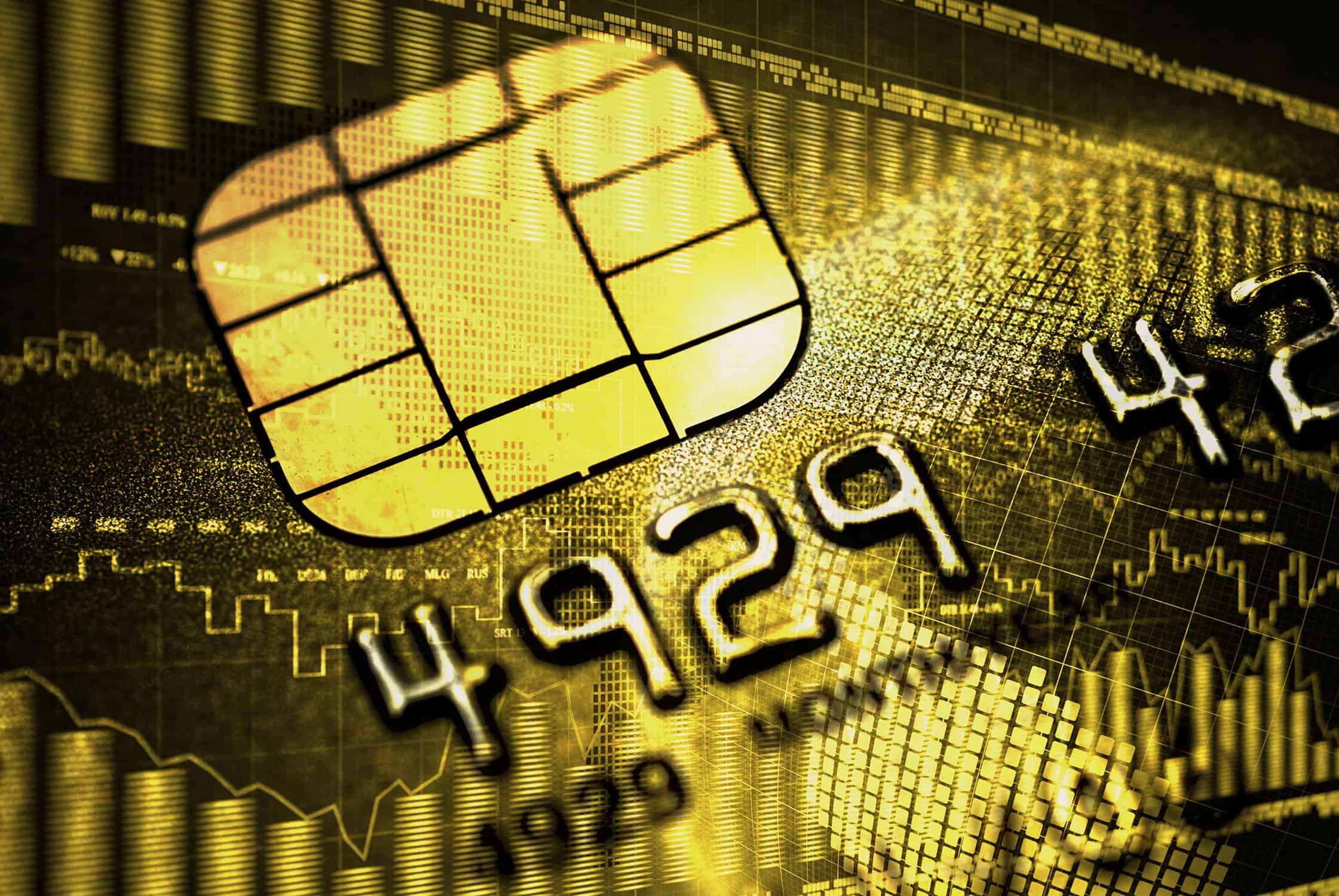New PCI DSS Ecommerce Guidelines Stress TLS 1.1 Migration
New PCI DSS Ecommerce Best Practices Replace Previous Guidelines Issued in 2013
Consumers love shopping online and are abandoning malls for mobile shopping apps in droves. However, online shopping environments offer multiple opportunities for hackers to steal payment card data. Even worse, as more brick-and-mortar stores implement card chip technology to defeat skimmers and other forms of POS system fraud, thieves are gravitating toward card-not-present (CNP) ecommerce environments, where the pickings are easier. In an effort to address the growing threat of ecommerce fraud and clear up confusion among merchants regarding encryption and digital certificates, the PCI Security Standards Council has just released a PCI DSS ecommerce information supplement with updated best practices for ecommerce cyber security, which replaces the previous PCI DSS ecommerce guidelines issued in 2013.

Previously, the PCI Council had mandated that all online merchants implement TLS 1.1 encryption or higher by the end of June 2016, then later extended the deadline to June 2018. However, the PCI Council recognized that many merchants did not fully understand their responsibilities and options regarding encryption and digital certificates. The new PCI DSS ecommerce guidelines include a primer on SSL and TLS that explains the difference between SSL and TLS and how to select a Certification Authority (CA) and a public key certificate. There is also a list of questions merchants commonly have about certificate types and TLS migration options; four case studies outlining ecommerce security solutions in different data environments; and a section devoted to best practices for securing ecommerce sites.
Understanding and Complying With the New PCI DSS Ecommerce Guidelines
As the PCI Council itself points out, the new guidelines “[do] not replace or supersede requirements in any PCI SSC Standard.” They “[contain] revised content to address changes in risk and supporting technologies” and are meant to help merchants protect themselves against emerging threats and prepare for migration to TLS 1.1+ encryption.
Although the TLS migration deadline is still over a year away, the PCI Council does not recommend waiting. There are numerous security vulnerabilities in SSL and early (pre-1.1) versions of TLS that are incapable of being fixed or patched. Any ecommerce site running SSL or early TLS is at serious reach of being breached and should upgrade as soon as possible. This is critical even for small ecommerce businesses. Hackers do not discriminate between sole proprietorships and multinational corporations, and a tiny startup may be less able to absorb the financial hit of a breach than a multinational.
In addition to extensive information on TLS 1.1+ migration, the guidelines contain a list of best practices for securing ecommerce stores, including:
- Know the location of all your cardholder data; use data flow diagrams to identify your systems, processes, and security controls.
- If you don’t need it, don’t store it; PCI DSS 3.1 requires that merchants store cardholder data for only as long as they need to, and not store sensitive authentication data at all after authorization.
- Evaluate the risks of your associated e-commerce technology; PCI DSS Requirement 12.2 mandates that organizations include their ecommerce environments in their annual risk-assessment process.
- Conduct ASV scanning and penetration testing of ecommerce environments; even if you are outsourcing your web hosting and management, it is still your responsibility under PCI DSS to ensure that your vendor is conducting these important tests.
The PCI Council also mandates comprehensive cyber security training for staff and recommends that merchants promote cyber security awareness among their customers. Although the latter is not a requirement for PCI DSS compliance, it is still an excellent idea. Security-aware customers are less likely to fall victim to credit card fraud, which benefits merchants by reducing fraud-related losses. Additionally, in our connected world, hacks no longer happen in a vacuum; cyber security is everyone’s responsibility.
The PCI DSS ecommerce best practices supplement is 64 pages long, and much of the content is quite technical. Many merchants, especially small companies, may feel overwhelmed by the information, advice, and requirements outlined in the document, as well as PCI DSS compliance in general. That’s why merchants should seek the help of a PCI DSS Qualified Security Assessor (QSA) such as Lazarus Alliance. As a QSA, Lazarus Alliance has been approved by the PCI Security Standards Council to measure organizations’ compliance with the PCI DSS audit standard. Our PCI DSS experts will walk your business through the compliance process, including your online store’s migration to TLS 1.1+, and ensure that your systems are compliant and secured against data breaches, DDoS attacks, ransomware, and other forms of abuse.
The cyber security experts at Lazarus Alliance have deep knowledge of the cyber security field, are continually monitoring the latest information security threats, and are committed to protecting organizations of all sizes from security breaches. We offer full-service risk assessment services and Continuum GRC software to protect companies from data breaches, ransomware attacks, and other cyber threats.
Lazarus Alliance is proactive cyber security®. Call 1-888-896-7580 to discuss your organization’s cyber security needs and find out how we can help your organization successfully migrate to TLS 1.1 or higher, achieve and maintain PCI DSS compliance, and secure your systems.

